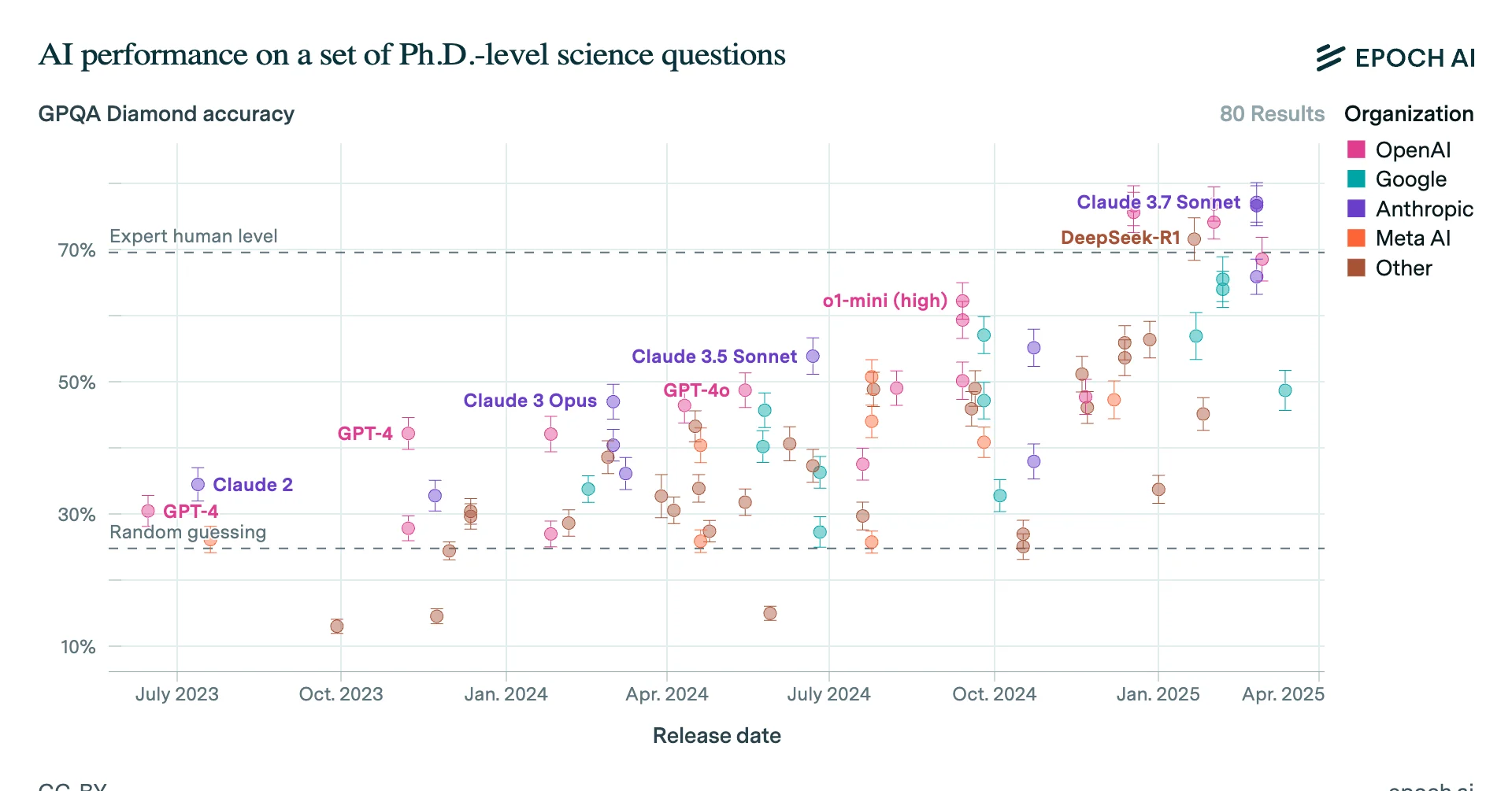Say I have raised $20k-$400k for a new EA project/organization. I want to spend that money on talent and services. What kind of legal entity should I use for this? Is there any good advice on how to go about setting one up for this purpose, and how to maintain it after it's set up?
This applies to me, but I imagine that there may be many other new groups considering or planning setting up the legal and financial infrastructure for relatively-small projects and organizations.
Some options:
A US 501(c)(3)
A 501(c)(3) would allow for tax deductibility from American donors. However, from what I understand, these are the most expensive and difficult organizations to set up and manage. At some point in an organization's life, it probably makes sense to register, but this seems like a lot of work during the beginning, especially if it is not obvious how long the project will last or what will become.
Get sponsored by an existing 501(c)(3)
Getting sponsored by an existing 501(c)(3) would allow for tax-deductible donations and may help with some of the operations. However, is not obvious who in the EA community would do this. I have not heard of many EA organizations sponsoring other groups. Sponsorship would be a liability to the sponsoring organization, so I imagine groups would be quite hesitant.
An LLC
Right now an LLC seems like generally the best option to me, but I'm not sure. It doesn't get tax deductibility, but this may not be a big deal if much of the money is coming from nonprofits (as would be true for BERI or Effective Altruist Funds grants). The Open Philanthropy Project set up as an LLC for the flexibility it provides, which I find interesting.
I imagine that setting up a Delaware LLC would be reasonable. Stripe Atlas seems like an interesting option for setting one up, though is geared more for internet companies and is a bit expensive.
Sole Proprietorship
This is probably the default option for small amounts, but definitely has some downsides. For one, it doesn't limit liability, and for another, the accounting could be quite messy.



Are you considering European structures as well, or is it limited to US?
I'm personally more interested in US structures, mainly because I have a lot more familiarity with them and expect to spend most of my career in the US. That said, this post was meant to collect general advice for others also doing similar things, so any thoughts are appreciated.